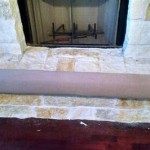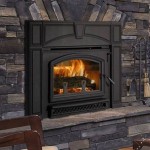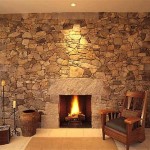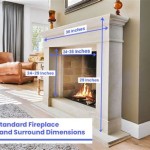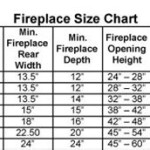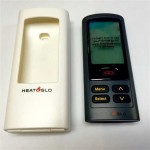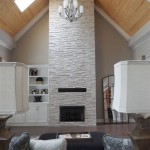DIY Fireplace Heat Exchanger: Boosting Efficiency and Warmth
Fireplaces, with their enchanting ambiance and crackling flames, have long been a cherished feature in many homes. However, traditional fireplaces are notorious for their inefficiency, often losing a significant portion of their generated heat up the chimney. A DIY fireplace heat exchanger offers a simple and cost-effective solution to this problem, capturing lost heat and channeling it back into your living space for greater warmth and energy savings.
A fireplace heat exchanger essentially acts as a secondary heating system, utilizing the heat from the burning fire to warm air that is then circulated throughout your home. This process not only makes your fireplace more efficient but also reduces reliance on your primary heating system, potentially leading to lower energy bills. The installation process, while requiring some basic DIY skills, is generally manageable for homeowners with a moderate level of comfort with home improvement projects.
Understanding the Mechanics of a Fireplace Heat Exchanger
The fundamental principle behind a fireplace heat exchanger revolves around thermal transfer. When a fire burns in a traditional fireplace, the majority of its heat escapes up the chimney. A heat exchanger intercepts this rising heat by channeling it through a network of pipes or ducts. As the hot air from the fireplace passes through these pipes, it heats up a separate body of air that is then circulated throughout your home. This process effectively captures the heat that would otherwise be lost, increasing the overall heating efficiency of your fireplace.
There are two primary types of fireplace heat exchangers:
- Water-based heat exchangers: These systems use water as the heat transfer medium. They typically consist of a closed-loop system with a water tank that is heated by the fireplace. The heated water can then be circulated through radiators or used to heat domestic hot water.
- Air-based heat exchangers: These systems use air as the heat transfer medium and are generally simpler to install than water-based systems. Air from the fireplace is forced through a network of pipes or ducts, warming the air that is then circulated throughout the home.
DIY Heat Exchanger Options: Making an Informed Choice
The DIY approach to fireplace heat exchangers generally focuses on air-based systems, as they are easier to construct and install. There are several readily available options for building a homemade heat exchanger, each offering varying levels of complexity and efficiency:
- Basic DIY Heat Exchanger: This simple design involves using a metal pipe with a series of holes drilled along its length. The pipe is positioned in the fireplace so that the hot air from the fire passes through the holes, warming the air inside the pipe. This heated air is then redirected through a duct system leading to other rooms.
- Heat Recovery Unit: These units are commercially available and designed for easy integration with existing fireplaces. They typically consist of a heat exchanger core placed within the fireplace and a fan system to circulate the warmed air throughout the home.
- DIY Heat Exchanger Kits: Some companies offer DIY kits that include all the necessary components for building a basic heat exchanger. These kits often provide detailed instructions and can be a convenient option for those seeking a pre-packaged solution.
Essential Considerations for DIY Heat Exchanger Installation
Regardless of the design you choose, certain essential factors must be considered before starting your DIY project:
- Fireplace Type: Not all fireplaces are suitable for heat exchangers. Open fireplaces with a traditional chimney are generally more compatible than gas fireplaces or fireplaces with sealed systems.
- Safety Precautions: Fireplace heat exchangers involve working with heat and potential fire hazards. It is crucial to adhere to all safety guidelines, including using fire-resistant materials and properly insulating the heat exchanger.
- Building Codes: Always check local building codes and regulations before installing a heat exchanger. Some jurisdictions may have specific requirements or restrictions related to heat exchangers.
Installing a DIY fireplace heat exchanger can significantly improve the efficiency and warmth of your fireplace. While the process requires some effort and attention to detail, the potential energy savings and increased comfort make it a worthy investment. Be sure to research different options, prioritize safety, and comply with local building codes to ensure a successful and satisfying DIY project.

Fireplace Heat Exchanger

Fireplace Heat Exchanger Homemade

Fire Place Heat Exchanger In 2024 Fireplace Blower

An Ultimate Guide To Fireplace Heat Exchanger Meaning Installation

Make Your Fireplace More Efficient Diy Heat Exchanger

How To Build Diy Air Cross Flow Heat Exchanger Hrv Lou Dawson Author Ski Mountaineer

How To Make A Passive Fireplace Heat Exchanger Wood Stove
Masonry Fireplace Heat Exchanger Hearth Com Forums Home

Fireplace Heat Exchanger Homemade

Fireplace Heat Circulator Interior Inspections Internachi Forum
Related Posts

